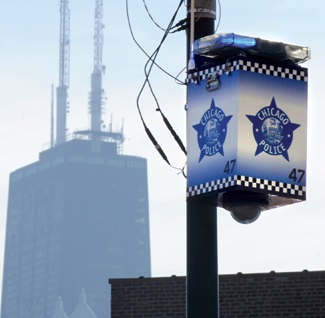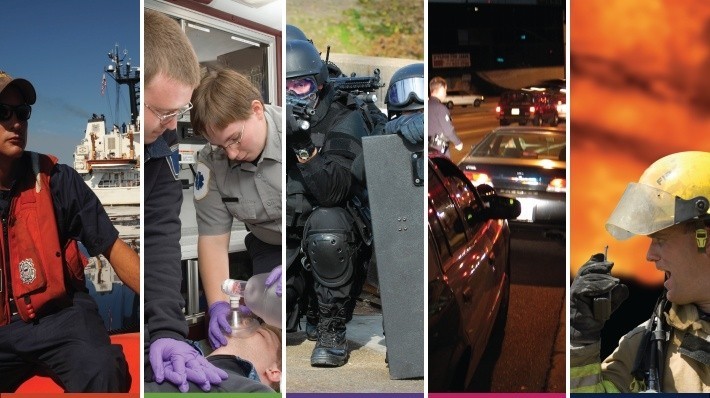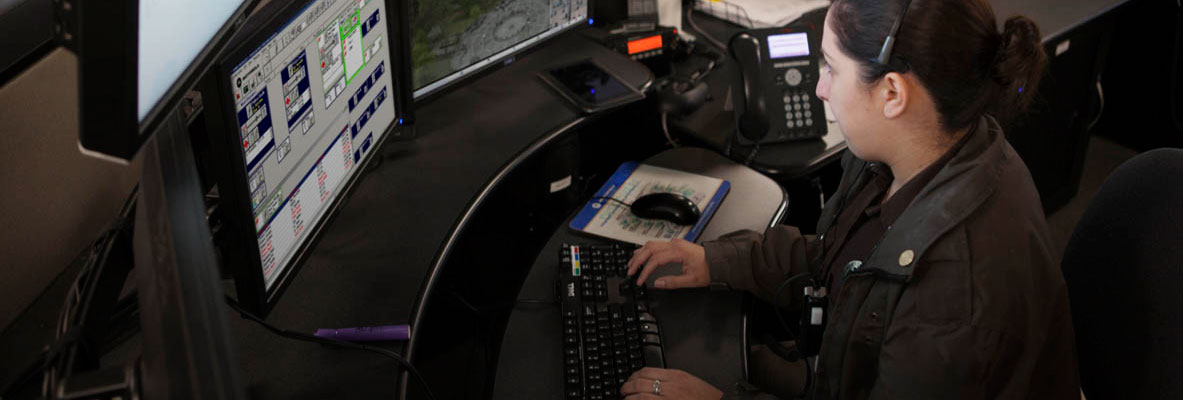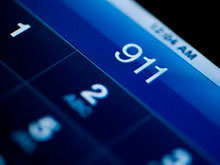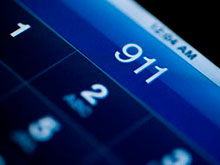Making your community a safer place is often the top priority for those in public safety. You feel a sense of personal and professional responsibility for those that live in your city, and you take your job of protecting and serving them very seriously.
And although every year seems to bring with it a new type of threat, time has also given us incredible technologies that can be used to improve public safety. One of those technologies is wireless cameras.Wireless cameras essentially allow a person who is walking alone at night in a dangerous area, to not be truly alone. These cameras can be viewed remotely and police officers or other public safety officials can keep “an eye in the sky” for any potential threats, therefore making them more proactive. If you are looking to improve public safety and have your city remain vigilant, here is quick overview of wireless camera technology.

